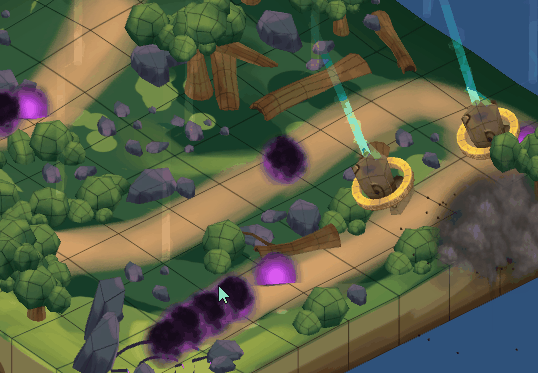One misunderstanding of dark scenes is that people think the scene needs to
be dark on a perceptual basis as well, which is not the case. For, in a dark
scene the eyes adapt to the low light making it to appear bright as well. So
for example, if you sit in a dark room without any other light but the light
from the moon shining through the window, the room will appear bright to you
with your eyes fully dark adapted. So there is a sensation of brightness even
at night, which is what the rods are for. From memory you can tell that a
daylight lit scene is brighter than when being in that dark room with the moon
shining in, but that is relative, the relation isn't even linear because of
the receptors auto-gain control amplifying the signal. Roughly speaking, the
rods, i.e. receptors making vision at night possible, amplify the signal
(photons) via gain control. But there are limits. What makes the sensation of
brightness go away at night is that the receptors gain control operate more
and more towards their maximum trying to amplifying these few photon, i.e. a
weak signal, which, as every engineer knows, amplifies the noise as well. That
is to say, before the scene goes pitch black the perception of it becomes
noisy.
Summing up; you can have a scene appearing bright and even communicate the
scene as being dark.
However, to realize this a couple if things are needed like modelling the
adaptation rates between day and night vision, modelling of the colors and
brightness of objects esp. at (day+night)/2 vision, modelling of chromatic
adaptation (dominant light source), etc..
This sounds all a bit too complicated, but you may produce a simple variant by
interpolating the colors to gray or to any dominate color present at night
(bluish for moonlight scene for example) depending on the average scene
luminance. Won't produce the best results, but you still get sort of an effect
depending on the average scene luminance. About that.











